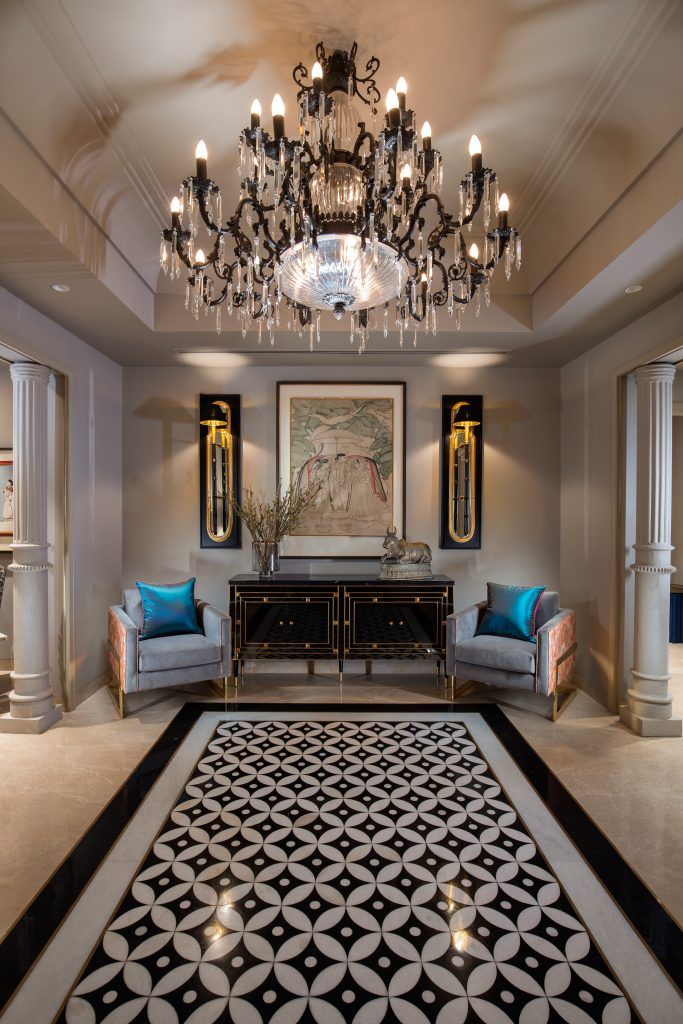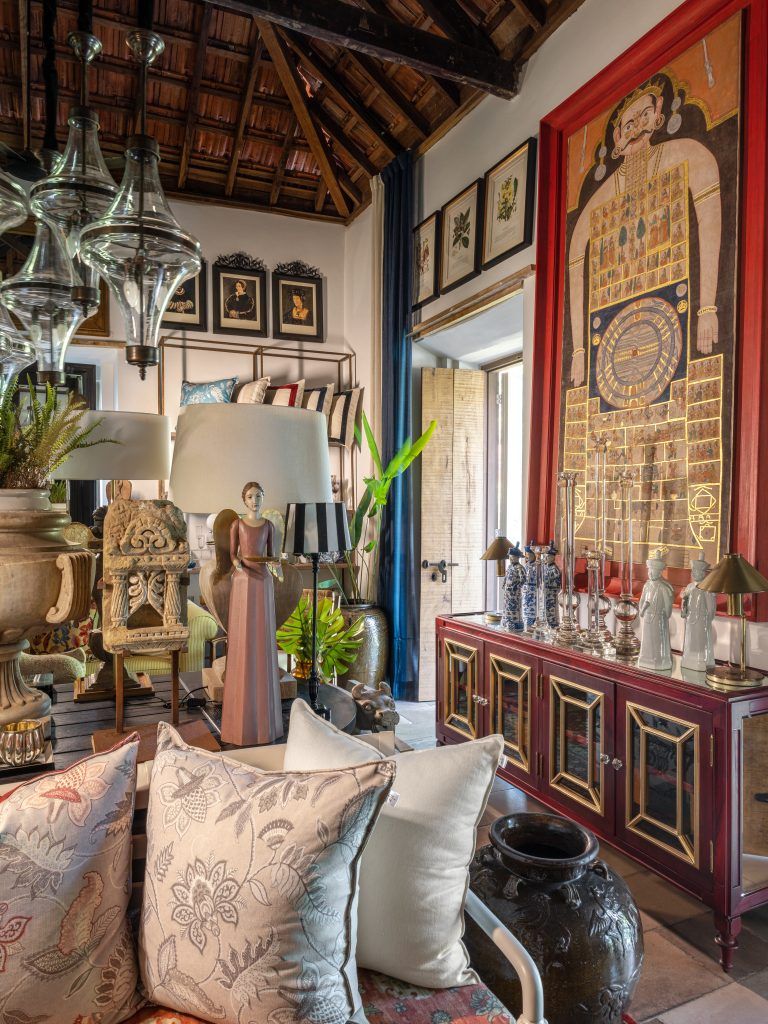A world where more is always more, and boldness reigns supreme.
Less is more is no longer the motto for home decor in 2024. The beginning of this year brought with it the revival of maximalism and a more is more approach. In a society that often champions minimalism and simplicity, it’s time to break free from the confines of the less-is-more thinking and embrace the awe-inspiring realm of maximalism in interior design.
While minimalism has long been hailed as the epitome of chic and sophistication, there’s a growing appetite for spaces that exude personality, vibrancy, and eclecticism. Nitin Kohli, Founder and Principal Designer of Nitin Kohli Home, sheds light on this transition, “The shift from minimalism to maximalism in home decor trends was sparked by a desire for more personality and vibrancy in living spaces.” Kohli emphasises that people want new avenues to express themselves through bold colours, intricate patterns, and an eclectic mix of decor items. “Maximalism allows for more creativity and individuality, turning homes into unique and expressive spaces,” he says. In agreement, Sachin Gupta and Neha Gupta Founders and Interior Designers, Beyond Designs, shared, “Maximalism offers the best canvas personalised and individualistic expressions and experiments. You can combine several design styles like classical, contemporary, eclectic and boho, yet achieve a harmoniously blended environment that is full of character and personality.”
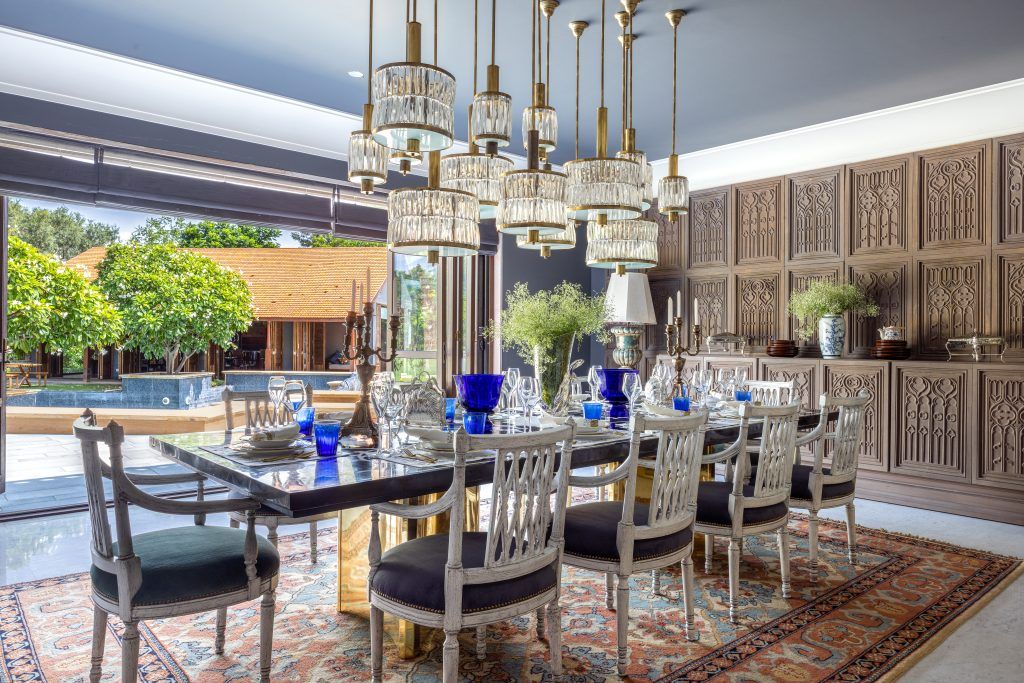
Deciphering the essence of maximalism, Nitin Kohli says, “The idea of ‘more is more’ in contemporary residential spaces means embracing abundance and richness in decor.” The duo at Beyond Design elaborated by saying, “A layered approach to designing, where no rules are followed while mixing various styles, genres and influences to achieve an exuberant, yet harmonious environment, contributes to the more is more concept.” Simply put, maximalism is about adorning one’s space with cherished belongings, fostering a sense of opulence and vivacity.
Maximalism in different spaces
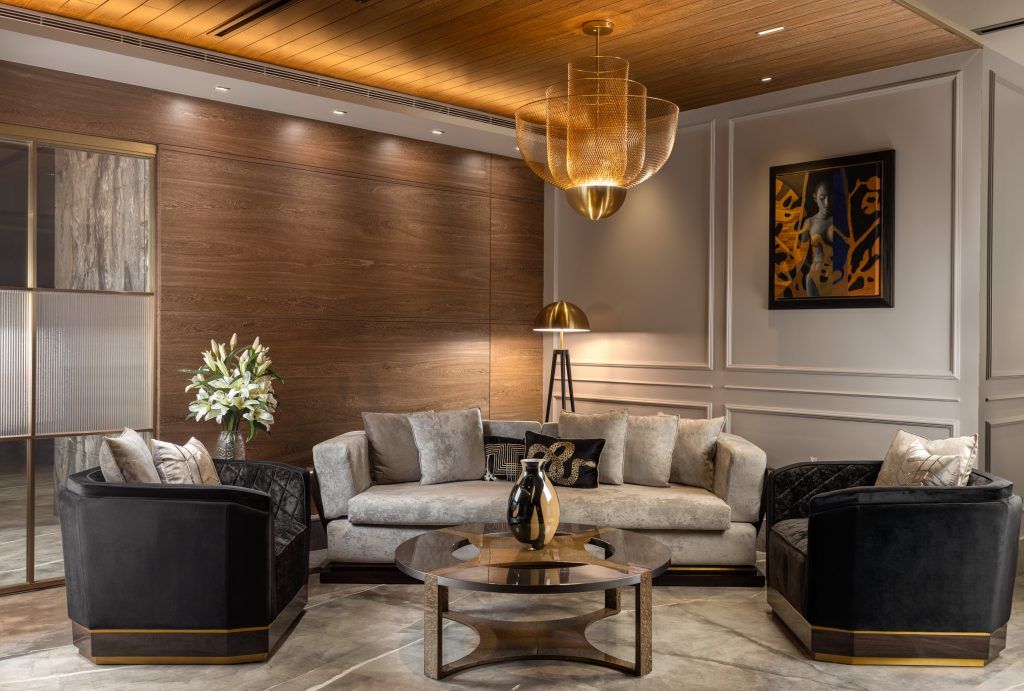
For years now, minimalistic interiors have dominated the narrative with its simple decor, an off-white palette, and a Scandinavian visual language. However, maximalism has roots in the decorative styles of the 17th and 18th centuries when Baroque and Rococo flourished across Europe. As far as home decor goes, maximalism takes us back to the Victorian era, where it was often accomplished through jewelled chandeliers or hand-carved furniture and objects that were coveted by all but available to only a select few. Fast forward many centuries later, today, it is defined by brighter colours and bolder patterns, the principle of maximalism is easier to incorporate regardless of status or class, making the look more approachable and gratifying.
Maximalism isn’t confined to residential spaces alone; it’s making its mark in retail environments worldwide, epitomised by the recently unveiled Sabyasachi store in New York. “Maximalism in a residential space speaks for those inhabiting it, while maximalism in a luxury retail store expresses the brand identity,” shared the experts at Beyond Design. “Luxury stores embrace maximalism by selecting bespoke furniture that is painstakingly handcrafted; chunky lights that act as showstoppers, lusciously woven textiles and saturated colours that spell boldness and a strong character. Scaled up sculptures, lights and other décor objects or planters also help inject a sense of maximalism,” added the duo.
Speaking about maximalism in luxury stores Nitin Kohli explains, “Instead of simple, sleek layouts, they use lavish decorations, rich textures, and intricate details to make shopping an extravagant experience. These stores want you to feel like you’re stepping into a glamorous world where everything is indulgent and luxurious.”
In homes, maximalism is about creating a cosy, personalised ambiance filled with cherished belongings. Nitin Kohli emphasises, “It’s about mixing different styles, colours, and patterns to reflect your personality and make your home feel warm and inviting.” On the other hand, maximalism in luxury retail stores is all about creating a grand and extravagant atmosphere to enhance the shopping experience. These stores use lavish decorations, rich materials, and elaborate displays to make you feel like you’re entering a glamorous world of luxury. “While both embrace maximalism, they do it with different intentions – one for comfort and self-expression, the other for creating a luxurious shopping experience,” he says. While maximalism takes different forms in residential and retail settings, the underlying principles remain the same.
While there exists a fine line between a tasteful maximalist space and a kitschy space, not all maximalist interiors are draped in gold and encrusted with diamonds. “When done by keeping the concepts of positive and negative spaces in mind, a fine balance among the various features can be achieved. A meticulous eye for balance is needed to evoke a harmonious blend of diverse features, colours, patterns, and textures,” advised Neha and Sachin. Kohli advises starting with balance and cohesion, ensuring practicality and functionality aren’t sacrificed for opulence. Thoughtfully selecting a cohesive colour palette and artfully mixing patterns and textures can also tie the space together seamlessly.
Maximalism in Asia Pacific
The Asia Pacific region is a great place for maximalism to flourish. With rich art, architecture and craft heritage, Asian countries have a natural leaning towards maximalism, say Sachin and Neha. “They appreciate the creativity and labour that goes into creating ornate carvings, intricately woven textiles, complex embroidery, and artworks that depict a dramatic play of colours.” From the ornate palaces of India to the intricate motifs of Southeast Asia, the essence of maximalism is deeply ingrained in the region’s heritage. Embracing maximalism in this context is not just about filling a space with objects; it is about celebrating cultural nuances, embracing complexity, and indulging in sensory richness. ” Many Asian cultures appreciate ornate designs, vibrant colours, and layered textures, which are all key elements of maximalist decor. Additionally, maximalism allows individuals to showcase their wealth and status through the display of luxurious items and elaborate furnishings, which is often highly valued in these societies,” according to Kohli.
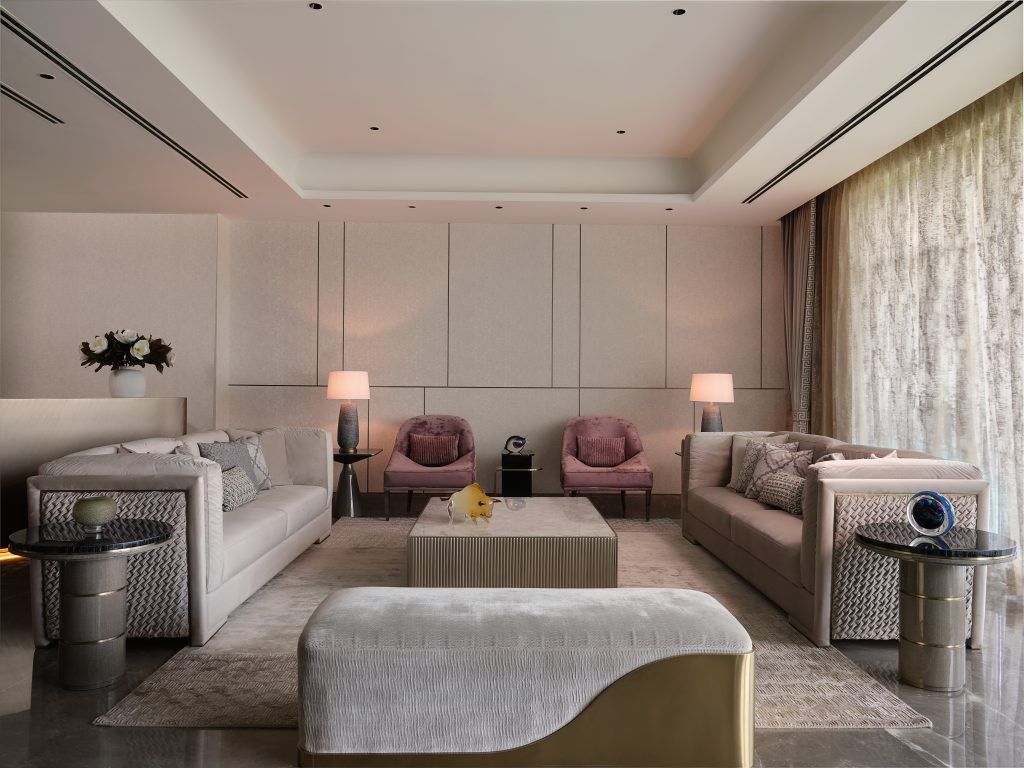
In Asia, the fusion of symbolism and tradition profoundly influences the selection and arrangement of maximalist elements in interior design. Each decorative item and motif carry profound cultural significance, shaping the aesthetic of a space. For instance, as Nitin Kohli highlights, “maximalism in Asian decor embraces a bold palette, featuring colours like red, gold, and royal blue, renowned for their association with prosperity and good luck. Traditional elements such as intricate carvings, symbolic artwork, or ceremonial objects serve to honour cultural heritage, infusing spaces with layers of meaning and history. “Intricate patterns such as floral motifs, dragon motifs, and geometric designs are also commonly employed,” Kohli notes, “adding both visual allure and cultural depth to the ambiance.” While patterns may embody concepts of longevity or good fortune. “Symbolic motifs like lotus flowers, dragons, and phoenixes are popular choices due to their auspicious connotations and traditional significance.” The result is a rich tapestry of vibrant hues, intricate designs, and meaningful symbols, creating visually captivating environments that resonate with cultural heritage.
In countries like Japan, where minimalism has traditionally been popular, there is a growing countermovement towards maximalist expressions. This is not about abandoning simplicity altogether, but rather infusing it with a sense of abundance and richness. The result is a harmonious blend of sleek modernity and vibrant traditional elements. “While certain traditional colour scapes, patterns and motifs have been popular, today, a lot of external influences come into play. If traditional motifs are used, the colours used may be pastels. So, none of the colours, patterns or motifs are being used in traditional style,” pointed out Sachin and Neha. They thus concluded that maximalism in Asian home décor is adapting tradition to contemporary colours and sensibilities leading to new design languages. In the hustle and bustle of modern life, our homes serve as havens for self-expression and introspection.


